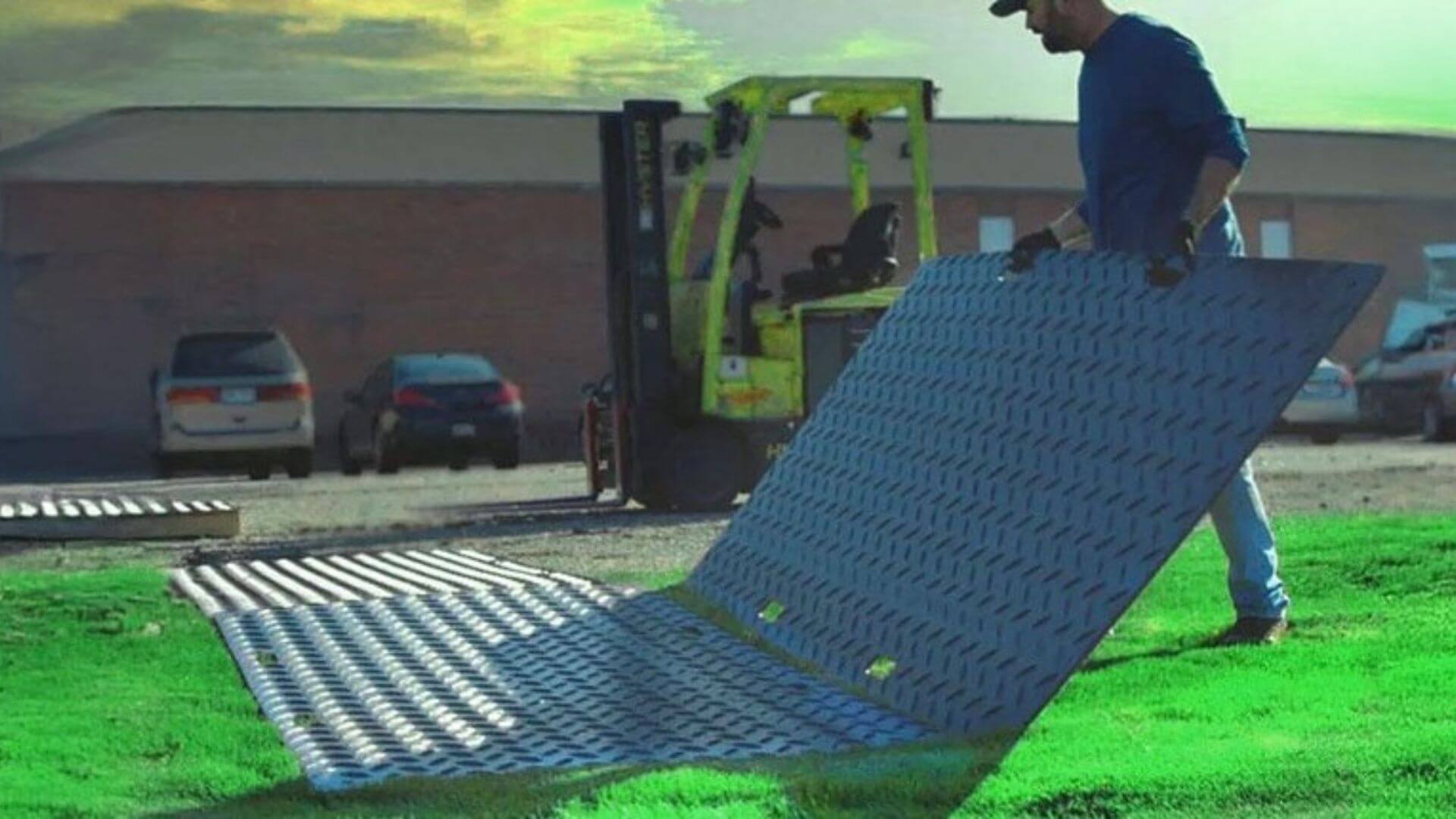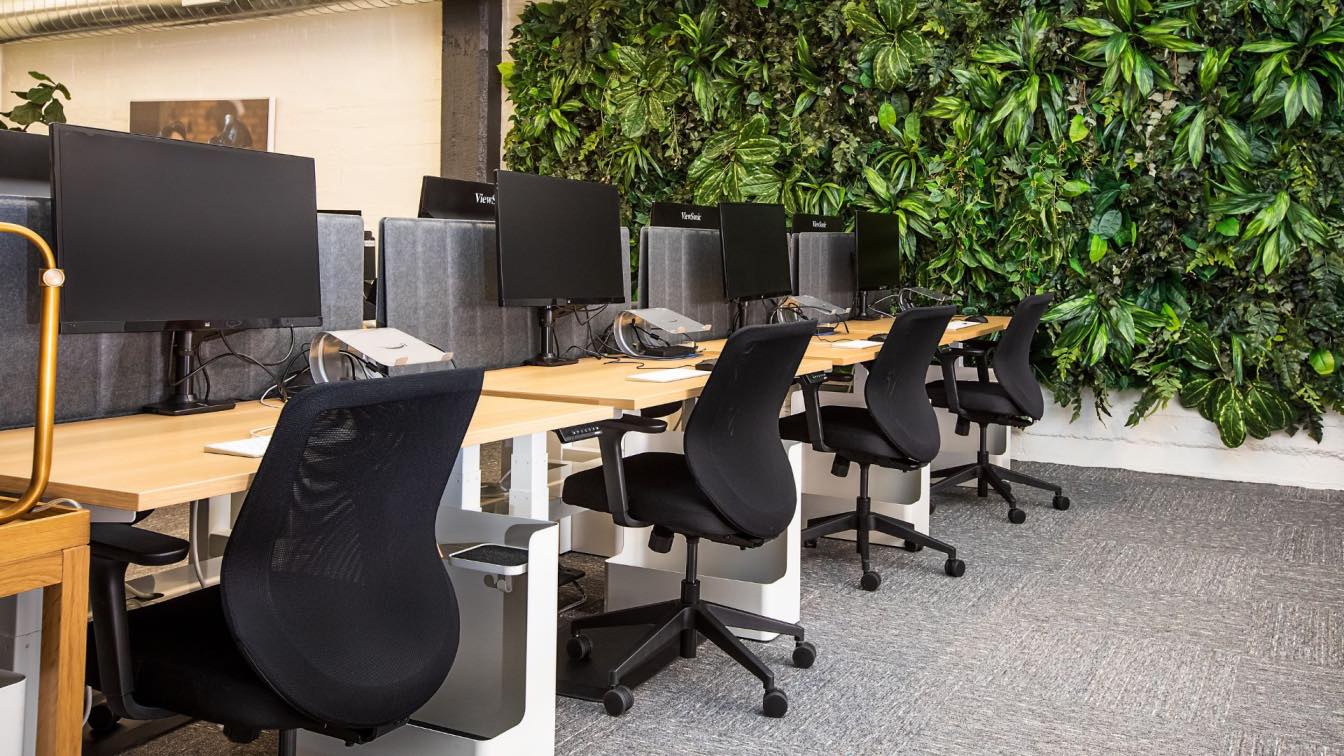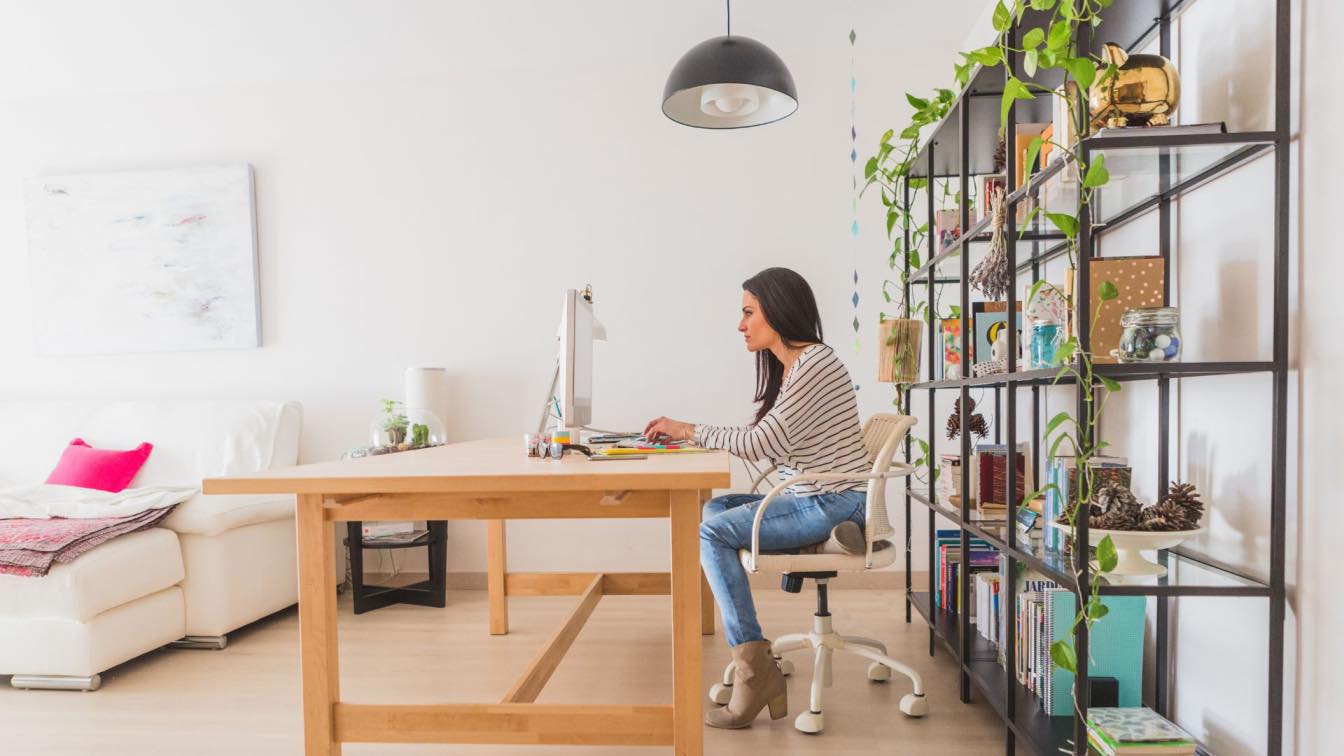Whether you’re working on a construction site, attending an outdoor event, or simply navigating an uneven ground surface, temporary walkways are an effective solution to enhance safety and accessibility. By constructing do it yourself walkways, you can temporarily make dirt hills and other terrain safer to walk on, which prevents damages to landscaping and potential slipping and falling.
In this article, find everything you need to know about temporary sidewalks—including essential construction tips and materials and the benefits of using them.
Different Supplies for Constructing a Temporary Walkway
1. Ground Protection Mats
Ground protection mats are crucial for creating temporary walkways over mud and grass. These ground protection mats for heavy equipment can be connected to create portable sidewalks for pedestrians and machinery.
Key Features:
1. Made with high-density polyethylene for durability.
2. Multiple tread options to prevent slipping.
3. Evenly distribute the weight of equipment and foot traffic.
4. Easy to transport, lay down, and connect for convenience.
2. Rubber Tiles
For lighter weights, such as pedestrian traffic or small moving carts, rubber tiles are a great option for constructing temporary walkways over grass or muddy areas.
Key Features:
1. Lightweight for simple installation, removal, and storage.
2. Designed with an interlocking system for easy connection.
3. Made with anti-slip rubber materials for injury prevention.
3. Wooden Walkway Panels
For those looking to create walkways over gardens and landscaping or temporarily make dirt hills safer to walk on, wooden panels may be the best option.
Key Features:
1. Built to handle the weight of pedestrian traffic and smaller vehicles.
2. Can be rolled up for easy use and convenient storage.
3. Resistant to weather damage for durability in any conditions.
Benefits of Using Temporary Ground Mats
1. Ground/Landscape Protection
Heavy-duty equipment and foot traffic from pedestrians can cause ruts and soil compaction on your lawn. Temporary walkway mats evenly distribute this weight to keep your grass safe from damage.
2. Construction Workers Safety
Construction sites often feature unstable or muddy ground conditions that pose a risk to workers. Temporary walkway mats provide a stable and slip-resistant surface, significantly reducing the chance of injuries. Following OSHA’s safety guidelines for construction workers, these walkways help maintain a safer environment for crews working in potentially hazardous areas.
3. Safety on Uneven Surfaces
Wet or uneven surfaces often cause pedestrians and workers to slip and fall, which can lead to injuries. Walkways temporarily make dirt hills and other areas safer to walk and complete projects on.
4. Quick Installation and Storage
Temporary walkways are perfect for short-term renovations, outdoor events, or construction sites due to the speed at which they can be laid out, removed, and stored.

Steps for Constructing Your Temporary Walkway
1. Choose the Appropriate Materials
Select the best materials for your temporary walkway depending on the environment and conditions in which they will be used and the weight they will be holding.
2. Prepare the Ground/Landscape
Before you lay down your walkway, make sure to completely clear the area and plan the layout of your walkway for a simple and smooth construction process.
3. Lay and Secure Your Walkway
Once your ground area is ready, you can then lay down your walkway with the materials of your choosing and secure them with the necessary connectors.
By carefully selecting the right equipment and following the simple steps outlined above-preparing the ground, planning your layout, and securing your walkway-you can quickly create a stable path for any event or project.
With the right approach, you can transform even the muddiest or most uneven surfaces into safe, accessible walkways in no time.





